Tag Archive for: VAMOS
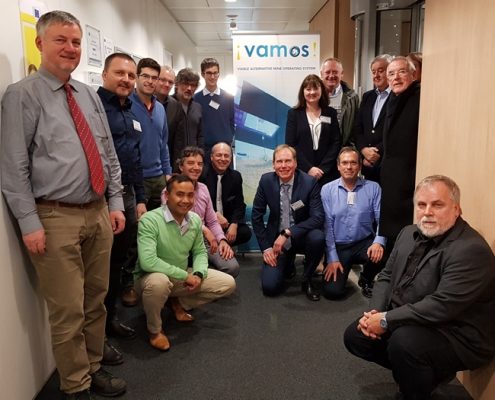
¡VAMOS! Final consortium meeting & Final review meeting, Brussels
The ¡VAMOS! project, from where the consortium developed an…
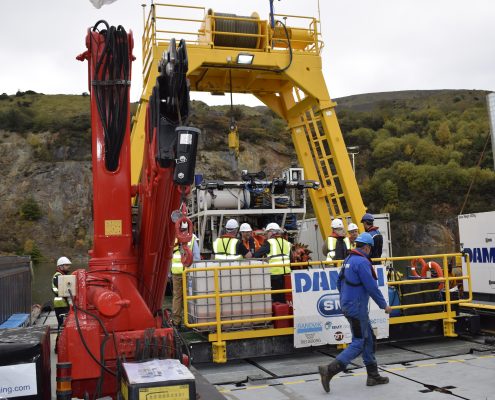
¡VAMOS! Open Day and Advisory Board meeting, Nenagh, Ireland
The ¡VAMOS! project is now having its second field trials where…
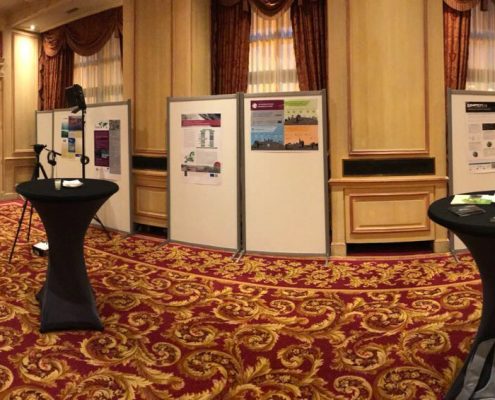
Busy week in Brussels
On June 4, LPRC joined the FTA (Future-oriented Technology analysis)…
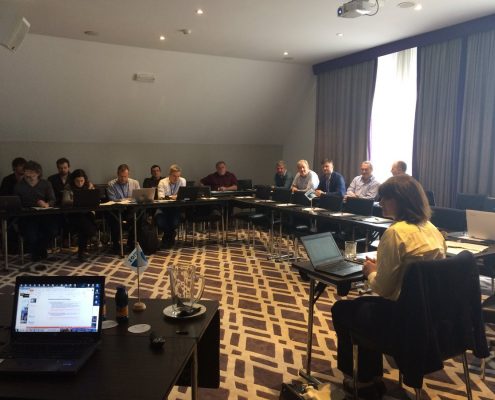
¡VAMOS! Partner Forum, Bled
The ¡VAMOS! partner forum took place on the 31st of January…
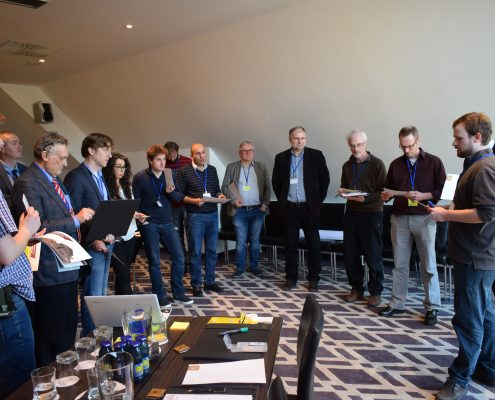
¡VAMOS! & UNEXMIN joint conference, Bled
On the January 30, the Hotel Kompas in Bled, Slovenia, hosted…
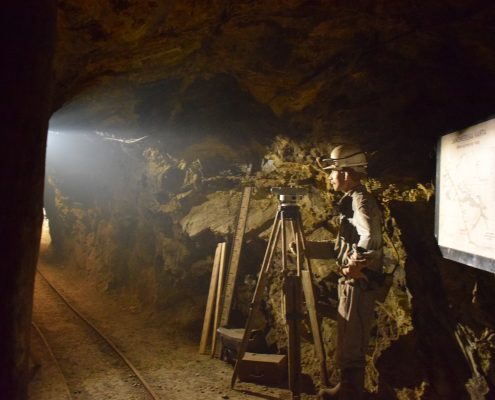
Field trip to Idrija Mercury Mine – UNESCO WHS
LPRC team participated at the fieldtrip, previous to UNEXMIN…
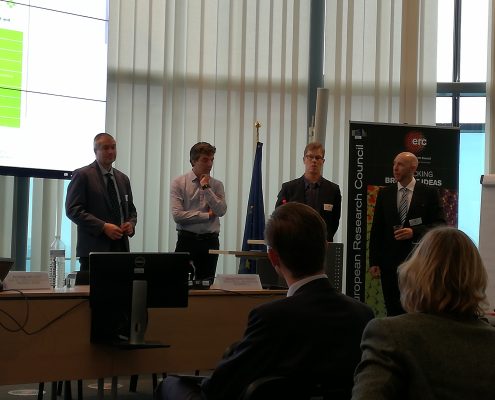
UNEXMIN and ¡VAMOS! at the “H2020 cluster event for ongoing mining projects”, Brussels
Both the UNEXMIN and ¡VAMOS! projects were presented at…
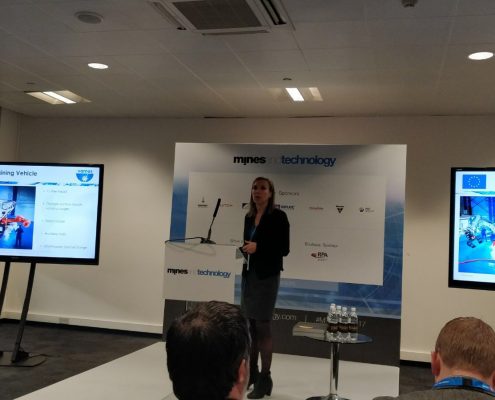
¡VAMOS! at the Mines and Technology conference, London
The Mines and Technology conference, together with the Mines…

LPRC at the Raw Materials Week 2017, Brussels
The second European Raw Materials Week was held in Brussels from…
